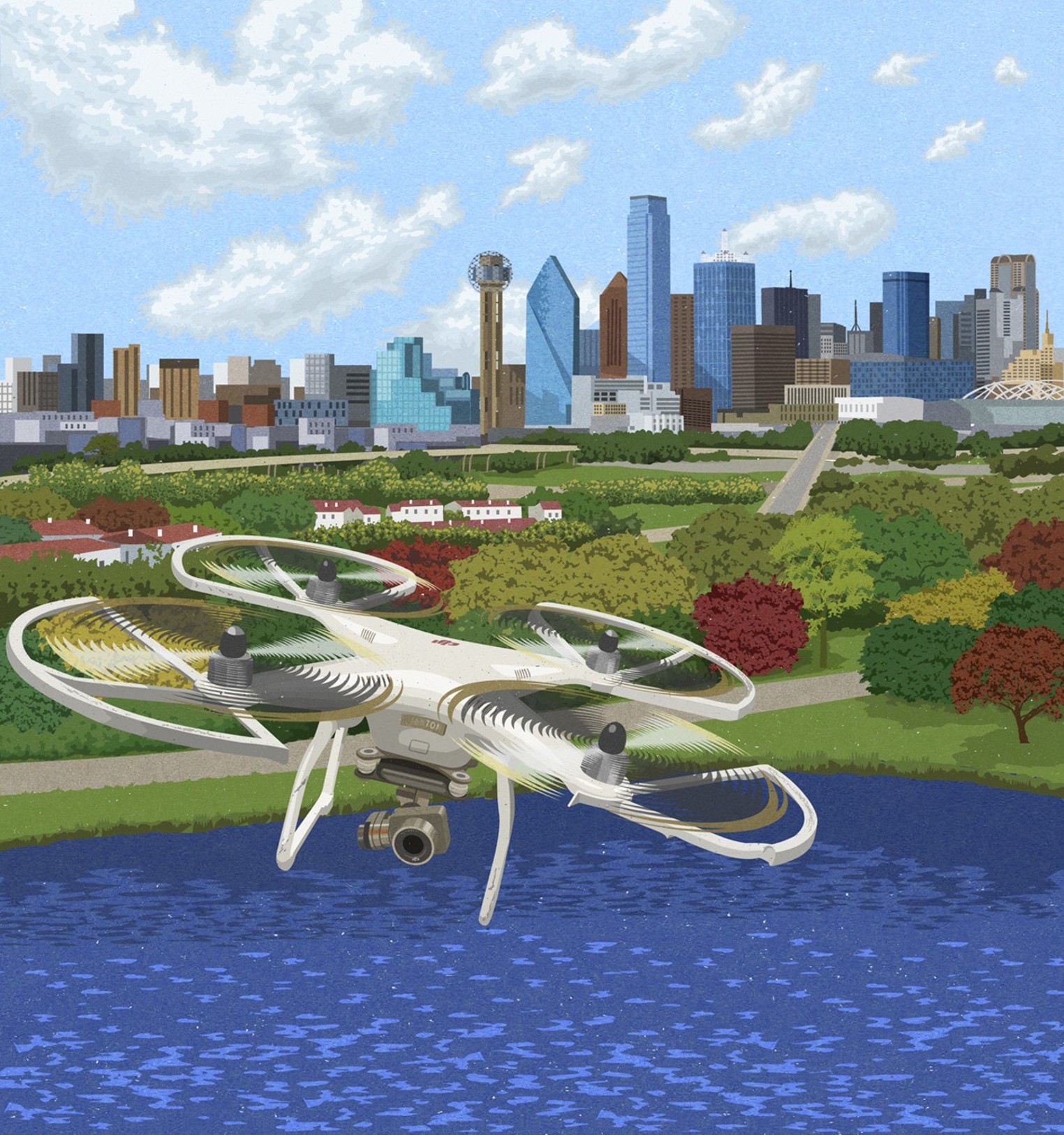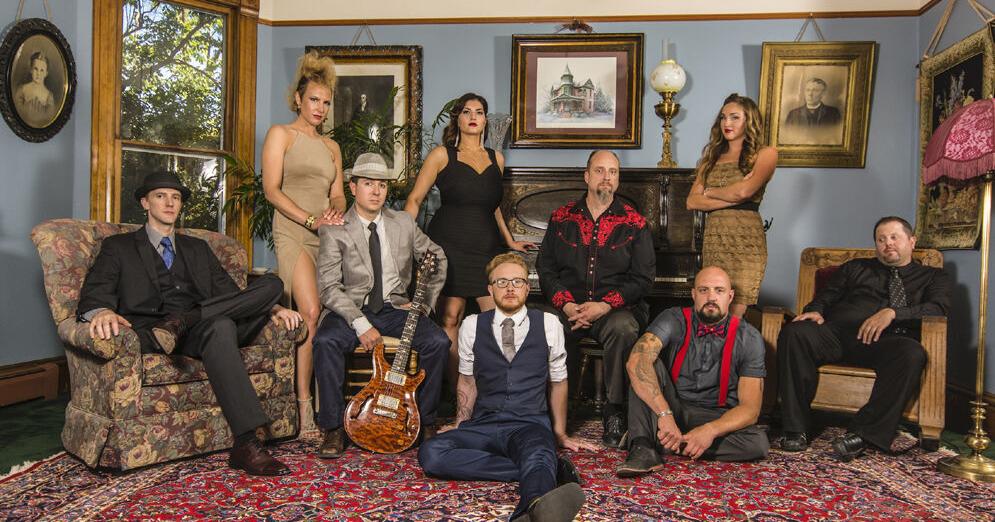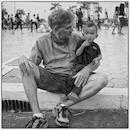
Texas Anti-Drone Photography Law Violates First Amendment, Judge Rules
A Texas law that limits the use of remotely piloted drones to capture images is unconstitutional, a federal judge in Austin ruled Monday.
The National Press Photographers Association, the Texas Press Association and former Dallas Observer editor Joseph Pappalardo challenged the so-called “Texas Privacy Act,” which threatened criminal charges and punishing civil lawsuits against anyone taking images “of an individual or privately owned real property in this state with the intent to conduct surveillance on the individual or property captured in the image.”
Well, almost anyone. Academics, law enforcement, Realtors, surveyors, utility companies, gas and oil drillers, pipeline companies and others with a “commercial purpose” were exempt under the law, provided that commercial purpose wasn’t reporting the news.
“Professors, students, employees of insurance companies, and real estate brokers all appear on this list; journalists do not,” U.S. District Judge Robert Pitman wrote in his decision declaring the law unconstitutional and enjoining the state from enforcing it. “As Plaintiffs note, the same drone image taken legally by a professor would constitute a misdemeanor if captured by a journalist.”
The law also banned drone images of “critical infrastructure,” which to Texas lawmakers included things like gas wells and pipelines. So, hypothetically, under Texas law, a pipeline company could use drones to take pictures of its own lines and use those photos in its marketing materials to investors. If that same pipeline leaked and began spewing oil over the countryside, any news photographer who dared to use a drone to take a picture of the leak could face criminal charges and be sued by the pipeline company.
Oddly, the law applied only to drones, which are relatively cheap and readily available. Pictures taken from helicopters, airplanes, hot air balloons, stepladders or tall trees were all OK.
This didn’t square with the U.S. Constitution, Pitman ruled.
“It’s like a sword they can drop on your head whenever they want.” – journalist Joe Pappalardo
tweet this
Taking and disseminating images is a form of speech, much the same as taking notes and publishing a news story, and under First Amendment law the state can’t choose who is allowed to speak and how. Likewise, Pitman noted, the state is generally barred from picking which content is allowed and which is illegal. The law permitted drone images of public property but not private, which meant law enforcement would be examining images and looking at property lines to decide which speech was allowed and which it would punish.
The judge also wrote that the act’s use of the words “surveillance” and “commercial enterprise” were unconstitutionally vague.
Jim Hemphill, an attorney for the plaintiffs, said the ruling clears the way for journalists in Texas to use 21st century technology to advance the public’s right to know.
“This is a vindication that this is a legitimate way of news gathering that people shouldn’t be afraid of,” Hemphill said.
The ruling doesn’t do away with existing privacy protections, he said, so it doesn’t mean “some creeper” can fly a drone up to anyone’s window for a peep inside. It merely extends the same protections given to other kinds of aerial photography to drones.
The defendants in the case are Steven McCraw, the director of Texas Department of Public Safety; Dwight Mathis, chief of the Texas Highway Patrol; and Hays County District Attorney Wes Mau. In their own motion for summary judgment, they argued that since none of the plaintiffs had been charged with violating the law, they had no standing to sue.
The chilling effect from the threat of criminal charges and civil lawsuits was enough to allow the case to go ahead, the judge ruled.
Pappalardo experienced that effect firsthand. He got his drone as a Christmas gift and obtained certification to fly it from the Federal Aviation Administration while working at the Observer in 2017 but soon grew wary of using it to take video and photographs for fear of getting afoul of Texas law.
“I’ve been very cautious about it,” Pappalardo said Wednesday. “You can fly and be in violation and not know it. … The risk versus reward was just not there.”
Now a freelance journalist and book author, Pappalardo said he used his drone to capture images for his upcoming book Red Sky Morning, The Epic True Story of Texas Ranger Company F, but he has avoided using it on news stories that would have benefited from the addition of aerial photography.
“It’s like a sword they can drop on your head whenever they want,” said Pappalardo, who wrote about his experience getting FAA authorization in a cover story for the Observer in March 2017.
The defendants also questioned the safety of unregulated drones zipping about.
Paul Watler, a Dallas-based lawyer who filed an amicus brief on behalf of Texas Association of Broadcasters and the Reporters Committee for Freedom of the Press, points out that Texas didn’t restrict the use of helicopters and airplanes for aerial photography, which presumably would hurt much worse if they fell out of the sky.
For that matter, getting beaned by a drone flown by, say, a real estate broker or cop would hurt just as much as one flown by a news photographer.
Generally speaking, Watler said, government efforts to regulate the time, place, manner or content of speech must clear a high bar to overcome the Constitution’s free speech guarantees, and Pitman ruled the state didn’t clear it.
But what about privacy? Do we face a future of unregulated drones overhead, recording our every move outdoors, at least when they’re not falling out of the sky? Maybe, but not anytime soon.
Watler pointed out that fears about the loss of privacy have arisen in the past when technology brought new ways to gather news, such as photography and broadcast television. The benefit of drones, like other new tech, is that they allow journalists to find creative ways to gather information. Abstract fears about what might happen aren’t enough to outweigh journalists’ First Amendment rights nor the real benefits of low-cost, safe aerial photography in the hands of media.
“The republic has survived,” Watler said of new tech in the past, and the defendants failed to show that drones pose a unique, real threat. “In the real world, that hasn’t been an issue.”

/cloudfront-us-east-1.images.arcpublishing.com/tgam/ST2JJMDY7BBJDJZP7EHUPDRM34.jpg)



